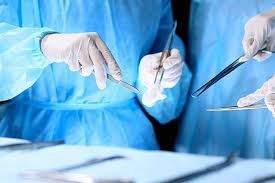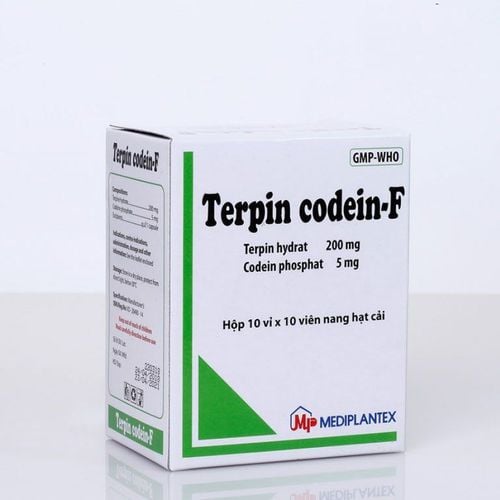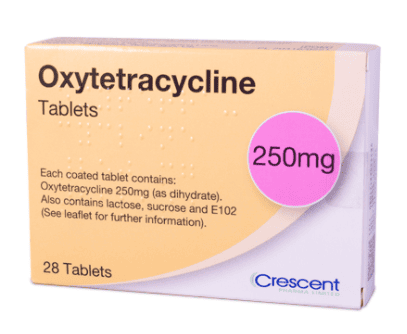This is an automatically translated article.
The article was professionally consulted by Specialist Doctor II Tran Van Trong - Specialist in Pediatric Surgery, Plastic Surgery - Aesthetics - Department of General Surgery - Vinmec Danang International Hospital.Esophageal atrophy is a rare form of birth defect, with an incidence of 1/5000 newborn babies, occurring due to disorders in the embryogenesis process, so it is often accompanied by a number of other malformations. The disease needs to be detected and treated early, because it can cause dangerous complications in children, even death.
1. What is congenital esophageal atrophy?
Congenital esophageal atrophy is a disruption of the esophagus's circulation and is accompanied by an abnormality in circulation between the esophagus and the trachea.The consequence of embryogenesis between the 4th and 6th weeks of pregnancy is congenital esophageal atrophy. Congenital atrophy of the esophagus is often accompanied by a number of other birth defects such as malformations in the spine, congenital heart disease, genital organs, malformations in the digestive system, malformations in the hands and feet....
2. Signs of congenital esophageal atresia
Symptoms of children with congenital esophageal atresia appear very soon after birth.Children with esophageal atrophy often have signs such as:
Esophageal atrophy, saliva cannot enter the stomach, causing the child to show secretions of fluid Pneumonia with manifestations such as cyanosis, respiratory failure (difficulty in breathing). breathing) due to saliva or gastric juice entering the lungs through the fistula The child has abdominal distention The child sucks poorly, regurgitates when suckling Newborn "foam crab" Pneumonia in the baby recurs many times Difficulty breathing after birth The nasogastric tube does not enter the stomach The child has a cough, cyanosis when feeding, eating The child spits up Children with esophageal atrophy can be diagnosed prenatally by ultrasound at 24 weeks of age. If you continue to breastfeed your baby with esophageal atresia, it will worsen pneumonia in the baby, which can be life-threatening.
Early detection of signs in children with esophageal atrophy plays a very important role, helping children avoid the risk of bowel necrosis and other life-threatening risks.

Trẻ bú kém là một trong những dấu hiệu của teo thực quản bẩm sinh
3. Complications of congenital esophageal atrophy in children
With the advancement of modern medicine, today, children with congenital esophageal atresia have a higher chance of being saved with a rate of about 93%-96%.Esophageal atrophy can put pregnant women at higher risk of premature delivery, infection and other birth defects such as pneumonia. Children with congenital esophageal atresia who are not treated in time are at risk of gastroesophageal reflux disease. One of the most dangerous complications in children with congenital esophageal atrophy is anastomosis, which can lead to death due to infection and respiratory failure with manifestations such as difficulty breathing, pleural effusion, infection. systemic infection.... For young children, performing surgery to treat esophageal atrophy is indeed very difficult and dangerous because the child's health is still weak, often occurs in premature and low-birth-weight infants. weigh. Treatment will be more difficult if the child has pneumonia before surgery.
4. Diagnosis of congenital esophageal atrophy in children
The diagnostic protocol for congenital esophageal atrophy in children is carried out as follows:4.1 Prenatal diagnosis Diagnosis of esophageal atrophy before birth is usually done mainly by ultrasound method, based on indirect images including These include: The mother has polyhydramnios, the stomach image is not clear, the larynx is dilated, the distal sac and esophagus may or may not be gas balloon, some other abnormalities are detected.
4.2 Clinical diagnosis Clinical diagnosis is based on the following symptoms:
Cough, choking while sucking Respiratory failure Signs of foaming crabs Cannot insert a nasogastric tube Pneumonia Some malformations other associated tests 4.3 Laboratory X-ray chest X-ray Contrast pouch Contrast esophagogram Contrast esophageal X-ray General ultrasound to find abnormalities: echocardiogram, abdominal ultrasound, fontanel ultrasound The classification of esophageal atrophy depends on the existence of the fistula and its location. Gross's classification helps doctors provide appropriate treatment for each patient as well as prognosis.
A: Esophageal atrophy without fistula (8%) B: Esophageal atrophy with proximal esophageal-tracheal fistula (<1%) C: Esophageal atrophy with distal esophageal-tracheal fistula (87%) D: Esophageal atrophy with esophageal-tracheal fistula (<1%) E: Esophageal-tracheal fistula without atrophy (H-form) (4%) F: Esophageal stricture (<1%)
5. Treatment of congenital esophageal atrophy in children

Thường với những trẻ bị teo thực quản bẩm sinh, phương pháp điều trị phổ biến và hiệu quả nhất là phẫu thuật
For cases of esophageal atresia, the distance is too large, the doctor will perform surgery to take a piece of intestine up to connect with the esophagus. Or doctors can bring the top of the esophagus to the neck, open the stomach to feed the baby. Children will have oesophageal reconstruction surgery after 6 months.
Early detection and treatment in children with congenital esophageal atresia is extremely important to protect children's lives. Early surgery will avoid the risk of dangerous, life-threatening complications for the child.
Periodic antenatal check-ups for early detection of fetuses with birth defects right in pregnancy have great significance in the treatment of diseases, in order to bring a better life to babies, mothers and families.
Vinmec International General Hospital is one of the hospitals that not only ensures professional quality with a team of leading medical doctors, modern equipment and technology, but also stands out for its examination and consultation services. comprehensive and professional medical consultation and treatment; civilized, polite, safe and sterile medical examination and treatment space.
Dr. Trong has over 10 years of experience in Pediatric Surgery and Plastic Surgery - Aesthetic, and soon became one of the leading doctors in the field of Children's Surgery, especially Laparoscopic Surgery. and Plastic Surgery - Aesthetic.
To register for examination and treatment at Vinmec International General Hospital, you can contact Vinmec Health System nationwide, or register online HERE.
MORE:
7 prenatal diagnostic measures to help detect fetal abnormalities














